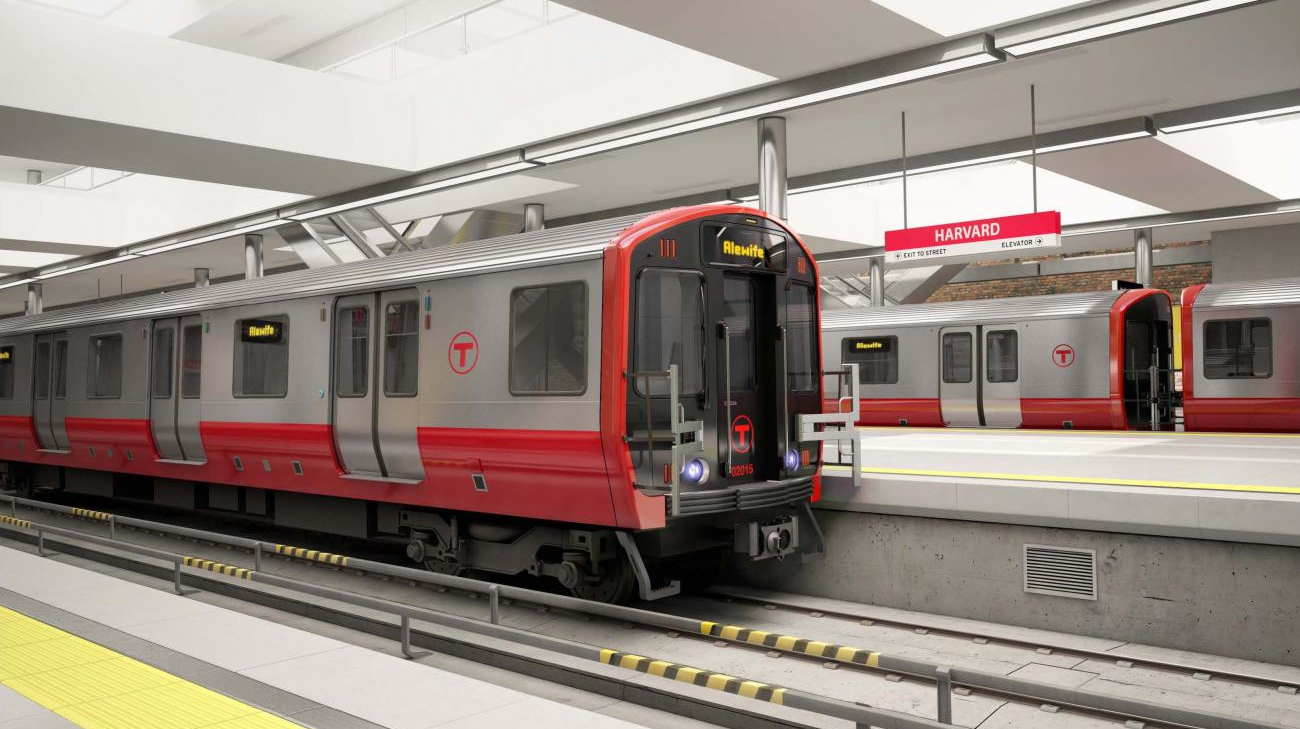

The south headhouse of the southbound platform was moved south to the end of the expanded platform. The platforms were extended to the south and straightened the southbound platform was increased in area by one-half, and the northbound platform by three-eighths. In preparation for the Boylston Street subway and the extension of the Cambridge subway, the Boston Transit Commission substantially expanded the streetcar level. The problem worsened with the influx of passengers transferring at Park Street Under, as the only entrances to those platforms were narrow staircases connecting through the streetcar level. Overcrowding had been a problem at Park Street since the Main Line was routed through it, and did not improve when it reverted to streetcar-only operations. Construction of the Dorchester Tunnel begun on this extension opened to Washington on April 4, 1915, and in three more segments to South Station Under in 1916, Broadway in 1917, and Andrew in 1918. North Station West (opened later in 1912), South Station Under (1916) and Scollay Under (1916) would later use this naming scheme. This represented a change in naming policy, and the first step towards easing wayfinding difficulties in the complex system. It was the first transfer station on the system to receive the "Under" postfix, rather than a separate name from the existing station. Unlike most other underground stations on the system (which were cut and cover construction with low ceilings), Park Street Under featured a spacious double-vaulted ceiling. Stairwells were added to the original platform level to connect to the lower level platforms. Park Street Under was built with two tracks with one side platform each and a center island platform, intended as a Spanish solution setup to speed boarding. On March 23, 1912, the Cambridge subway opened from Harvard Square to Park Street Under. Ĭambridge subway platforms at Park Street Under in September 1912 : 22 Signalmen used metal picks to complete a circuit, lighting up a numeral indicating which berth the car arriving on a given route would stop at. Įlectric destination indicator boards were first installed at Park Street in 1899, replacing an announcer with a megaphone. Later stations on the East Boston Tunnel and Washington Street Tunnel used more modest headhouse designs in response to this criticism. Unlike the interior decor, the headhouses were sharply criticized as "resembling mausoleums" and "pretentiously monumental". Wheelwright that did not aesthetically match the Common.

Some cars ran all the way through the tunnel on the outer tracks others continued to loop at Park Street.īoylston and Park Street were built with rectangular stone headhouses designed by Edmund M. On September 3, 1898, the tunnel was extended to Scollay Square, Adams Square, Haymarket Square, and the Canal Street Incline. The station was built with 4 tracks serving 2 island platforms these were connected by two loops, allowing streetcars from the south and west to reverse direction and return to the portals and surface routes. The southern section of the Tremont Street subway from the Public Garden incline through Boylston to Park Street opened on September 1, 1897, followed on October 1 by the spur to the Pleasant Street Portal. It will help you the next time these letters, T R A N S E E come up in a word scramble game.Plan of the Tremont Street subway (Green Line) level of Park Street in 1898 the station has since been substantially modified. How is this helpful? Well, it shows you the anagrams of transee scrambled in different ways and helps you recognize the set of letters more easily. The different ways a word can be scrambled is called "permutations" of the word.Īccording to Google, this is the definition of permutation:Ī way, especially one of several possible variations, in which a set or number of things can be ordered or arranged. According to our other word scramble maker, TRANSEE can be scrambled in many ways.


 0 kommentar(er)
0 kommentar(er)
